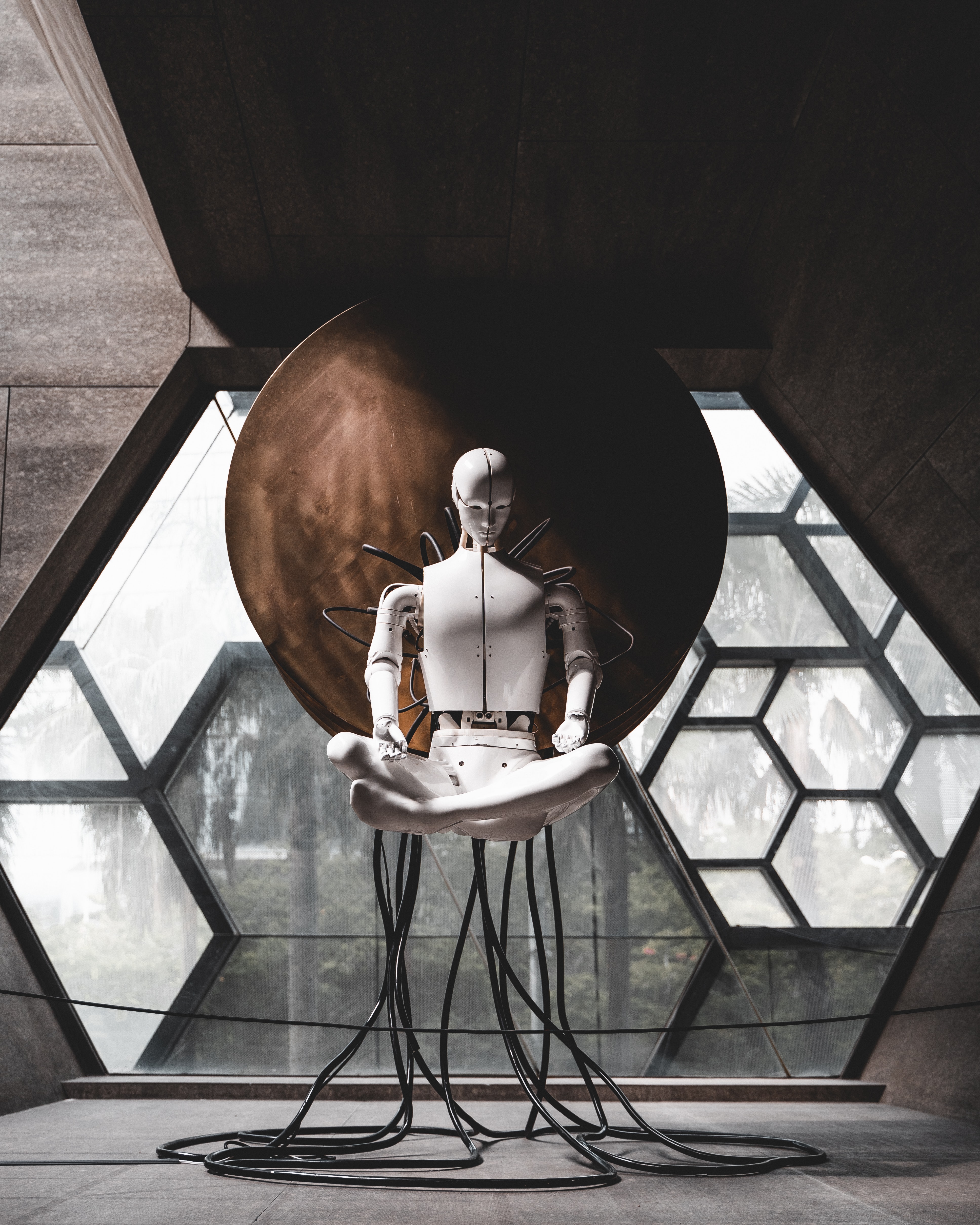White Noise, or Reality as the Return of the Repressed
Abstract
The essay focuses on Don DeLillo’s novel White Noise with the aim to understand its author’s reaction to the advent of the ‘civilization of appearance’. This analysis shows how DeLillo’s view is ambivalent: despite being indeed fascinated by the coming of the new world, he is still deeply interested in real-life events that can be concretely experienced in opposition to their representations and simulations. What strikes him most is individual death, namely a problem that cannot be subsumed within the symbolic order of the new society. In a certain sense, the novel depicts a ‘return of the repressed’ built on a disturbing ‘return of reality’. The novel oscillates between a sense of tragedy and a sense of irony (if not of the ridiculous). Therefore, on one side, it testifies to the arrival of what will be called ‘postmodernity’; on another side, it criticizes postmodernity by showing how its ideologists might be silly, trivial and grotesque.
Downloads
References
Anders, Günther, Die Antiquiertheit des Menschen (1956), trad. it. L’uomo è antiquato, vol. I, Torino, Bollati Boringhieri, 2003.
Baudrillard, Jean, Le crime parfait (1994), trad. it. Il delitto perfetto. La televisione ha ucciso la realtà?, Milano, Cortina Editore, 1997.
Behrooz, Niloufar - Pirnajmuddin, Hossein, “The Ridiculous Sublime in Don DeLillo’s White Noise and Cosmopolis”, Journal of Language Studies, 16.1 (2016): 183-197.
Boxall, Peter, DeLillo and media culture, in J. N. Duvall (ed.), The Cambridge Companion to Don DeLillo, Cambridge University press, Cambridge 2008: 43-52.
De Angelis, Milo, “De rerum Natura” di Lucrezio, Milano, Mondadori, 2022.
DeLillo, Don, The Silence, New York, Scribner, 2021.
Id., Il silenzio, traduzione di Federica Accetto, Torino, Einaudi, 2021.
Id., White Noise, New York, Penguin Classics, 2009.
Id., Rumore Bianco, traduzione di Mario Biondi, Torino, Einaudi, 2014.
Duvall, John, The (super) Marketplace of Images: Television as Unmediated Mediation in DeLillo “White Noise”, Arizona Quarterly, vol. 50, (1994): 127-153.
Heller, Arno, Simulacrum vs Death: An American Dilemma in Don DeLillo’s White Noise, in E. Kraus, C. Auer (eds.), Simulacrum America: The USA and the Popular Media, Camden House, New York 2000: 38-48
Landgraf, Edgar, Black Boxes and White Noise. Don DeLillo and the Reality of Literature, in H. Bergthaller, C. Schinko (edited by), Addressing Modernity. Social Systems Theory and U.S. Cultures, Rodopi, Amsterdam 2011: 85-112.
Maltby, Paul, “The Romantic Metaphysics of Don DeLillo”, Contemporary Literature, 37.2 (1996): 258-277.
Miller, Jacques-Alain, “L’orientamento lacaniano. L’inconscio reale”, La Psicoanalisi, 42 (2007): 112-172.
Orlando, Francesco, Per una teoria freudiana della letteratura (1973), Torino, Einaudi, 1992.
Olster, Stacey, White Noise, in J. N. Duvall (ed.), The Cambridge Companion to Don DeLillo, Cambridge University Press, Cambridge 2008: 79-93.
Szetela, Adam, Fetischism and Form: Advertising and Ironic Distance in Don DeLillo’s “White Noise”, in European journal of American studies, 13/2 (2018): 1-13.
Valdez Moses, Michael, “Lust Removed from Nature”, New Essays on “White Noise”, Ed. Frank Lentricchia, Cambridge, Cambridge University Press, 1991: 63-86.
Wilcox, Leonard, “Baudrillard, DeLillo’s White Noise, and the end of the heroic narrative”, Contemporary Literature, 32.3 (1991): 346-365, https://www.jstor.org/stable/1208561, online (ultimo accesso: 04/04/2022).
Copyright Notice
You are free to copy, distribute and transmit the work, and to adapt the work. You must attribute the work in the manner specified by the author or licensor (but not in any way that suggests that they endorse you or your use of the work).









